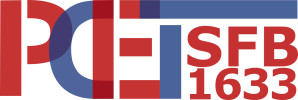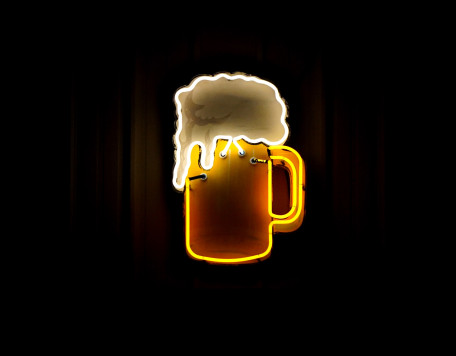© Pint of Science, 2026. Alle Rechte vorbehalten.
Dots open its doors for a second night of science! Let's combine disciplines, and challenge the audience with two drastically different topics!
On the one hand, we discuss how we could hear thanks to... light! And how the neurons of the inner ear can be stimulated by photons to grant restored hearing.
On the other hand, we dwell into chemistry once again, and dip our brushes into paint! Hopefully, just before it dries...
On the one hand, we discuss how we could hear thanks to... light! And how the neurons of the inner ear can be stimulated by photons to grant restored hearing.
On the other hand, we dwell into chemistry once again, and dip our brushes into paint! Hopefully, just before it dries...
The joy of watching paint dry
Dr. Linda Eijsink
(Postdoctoral Researcher)
There’s nothing more boring than watching paint dry. Well, actually… Below the surface an intricate interplay between physics and chemistry causes a coating to attach and stay strong. There are many different types of paints and coatings, and they all dry in a different manner. Catalysts, that can be added to speed up drying, have been around since before the invention of chemistry. In this talk, we’ll dive deeper into the chemical aspects of the drying process, and find out how to answer a difficult question: When is paint actually dry?
Hearing the light: Restoring hearing with the optical cochlear implant
Tori Hunniford
(PhD student)
The electrical cochlear implant restores hearing to individuals with severe hearing loss by delivering an electrical current into the inner ear in order to excite the auditory nerve cells. Despite being the most successful prosthesis to date, users experience several limitations: namely, difficulty with understanding speech in background noise, trouble with complex sounds such as music and poor understanding and use of voice inflection. The reason these problems occur, is likely because when the electrical current is delivered, it excites too many cells in the auditory nerve at once. One solution to overcome this issue is to stimulate these cells with light instead of electricity, as light allows higher precision of stimulation. To make the auditory nerve responsive to light, we can use a non-disease-causing virus as a ‘gene shuttle’ to carry the DNA of a light sensitive protein from green algae to the neurons in the ear. Before evaluating this therapy – called the optical cochlear implant, in human patients, we must determine the safety and efficacy in experimental studies. Specifically, I will use a Mongolian gerbil to evaluate the safety of the gene therapy and test the efficacy of the optical cochlear implant.
© die Mitwirkenden OpenStreetMap
Weitere Veranstaltungen in Café Bar Dots
2025-05-20
From ears to years
Café Bar Dots
Barfüßerstraße 12-13 37073, Goettingen, Deutschland
2025-05-19
Hear-it-age
Café Bar Dots
Barfüßerstraße 12-13 37073, Goettingen, Deutschland




